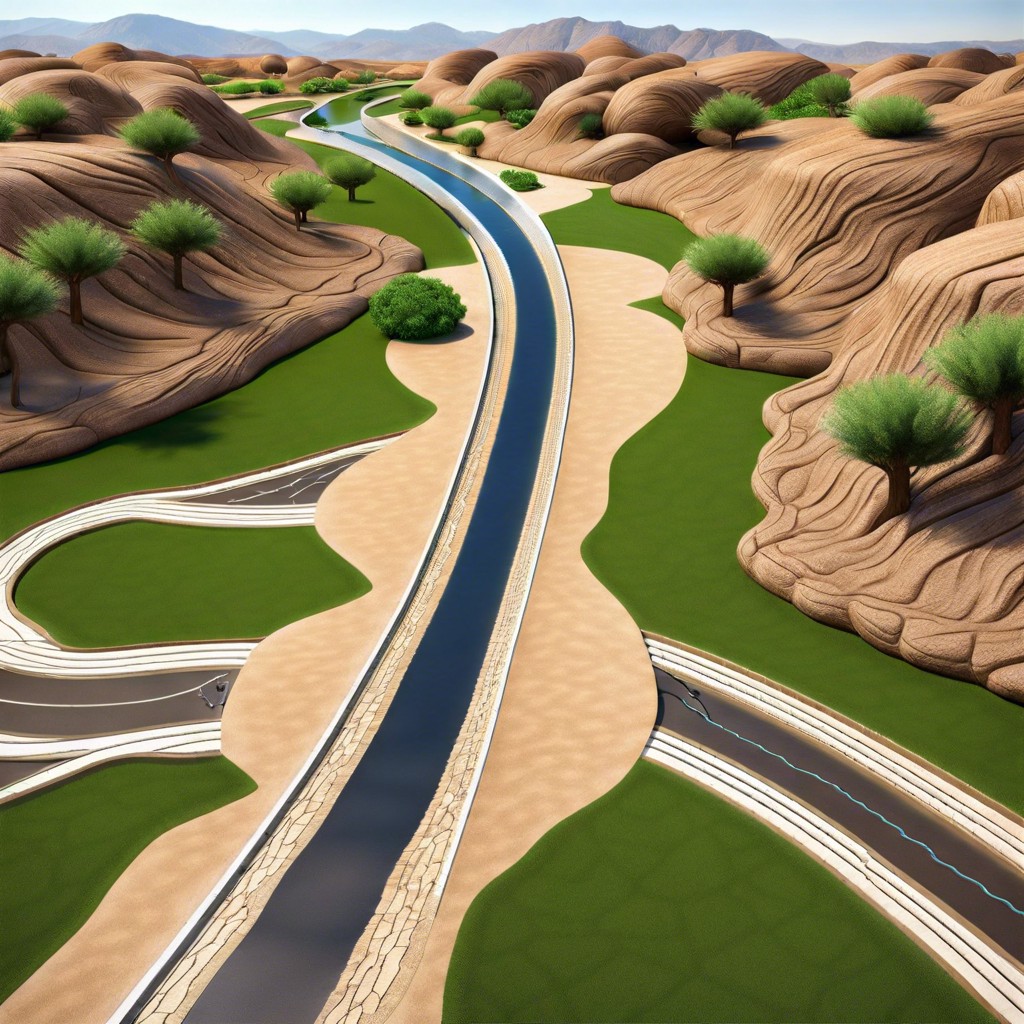Maintaining a xeriscape garden involves regularly removing weeds, using mulch to conserve water, and selecting plants that are native to the area.
Xeriscape gardening is a great way to conserve water and create an eco-friendly outdoor space. With the right planning, you can have a beautiful xeriscape garden that requires minimal maintenance.
Here are some tips on how to maintain your xeriscape garden and keep it looking its best.
Watering Plants Deeply and Infrequently
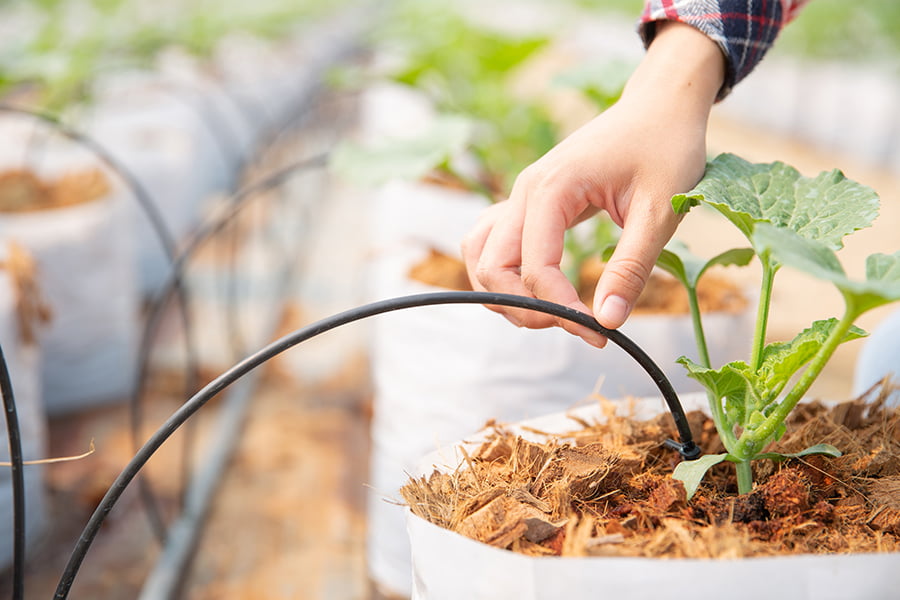
This method of watering encourages the roots to grow deeper into the soil, making them more drought-tolerant and less dependent on frequent watering. To water deeply, it is best to use a soaker hose or drip irrigation system that slowly releases water over a long period of time.
This allows the water to penetrate deep into the soil, reaching all parts of the root system. It also helps reduce evaporation and runoff from windy days.
When using this method, it is important to only water when necessary; usually once every two weeks during hot summer months or once every month in cooler weather. Be sure not to overwater as this can lead to root rot and other problems for your plants.
Using Mulch to Retain Moisture

It helps to retain moisture in the soil, reducing the need for frequent watering. Mulch also helps to keep weeds from growing and competing with plants for water and nutrients.
When applied correctly, mulch can help create a healthy environment for plants by providing insulation against extreme temperatures and helping to prevent erosion of soil. To use mulch effectively in a xeriscape garden, it should be applied at least two inches thick around each plant or group of plants.
The type of mulch used will depend on the climate and specific needs of the garden; organic materials such as wood chips or straw are often recommended because they break down over time, adding nutrients back into the soil. Inorganic materials like gravel or stones may be used if desired but should not be placed directly against plant stems as this can cause rot or other damage due to lack of air circulation.
It is important to check that any mulches used are free from weed seeds before applying them in order to avoid introducing new weeds into your garden.
Selecting Drought-tolerant Plants
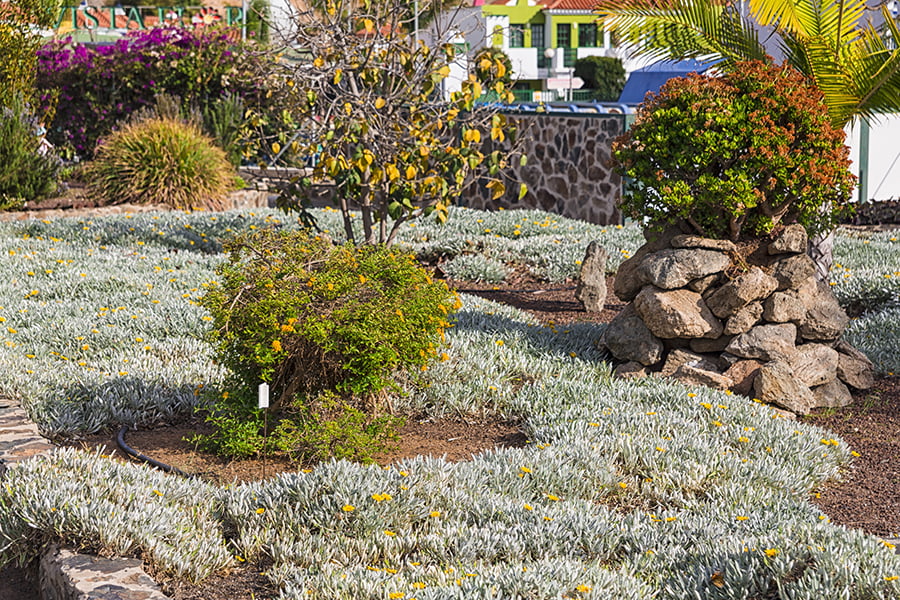
A xeriscape garden is designed to conserve water and reduce the need for irrigation, so it’s important to choose plants that can survive with minimal water. Drought-tolerant plants are those that have adapted to survive in dry climates and require little or no supplemental watering once established.
When selecting drought-tolerant plants for your xeriscape garden, look for native species that are well suited to your local climate and soil conditions. Consider the amount of sunlight available in the area you plan to plant, as some drought-tolerant species may require more sun than others.
Research any special care requirements such as pruning or fertilizing before planting them in your garden. With careful selection of appropriate drought-tolerant plants, you can create a beautiful xeriscape garden that requires minimal maintenance and conserves water resources.
Grouping Plants With Similar Water Needs Together
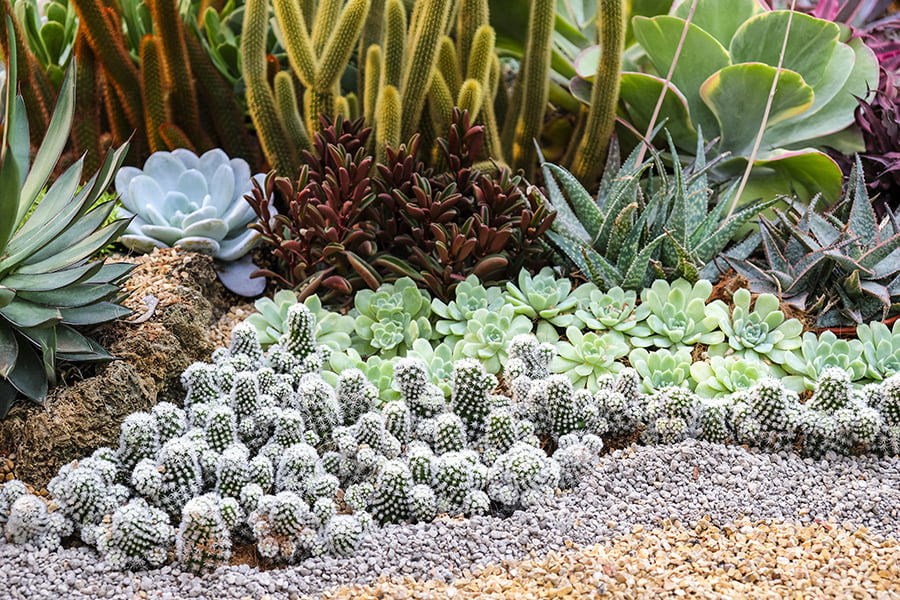
This means that when planting, it is beneficial to group plants that require the same amount of water in order to ensure they all receive the right amount. For example, if you have two types of plants – one that requires more water and one that requires less – it would be best to separate them so each plant can get what it needs without over- or under-watering either one.
Grouping plants with similar water requirements helps reduce competition for resources between different species and ensures each plant has access to enough moisture. By doing this, you can create a healthy and sustainable xeriscape garden.
Avoiding Over-fertilizing the Soil
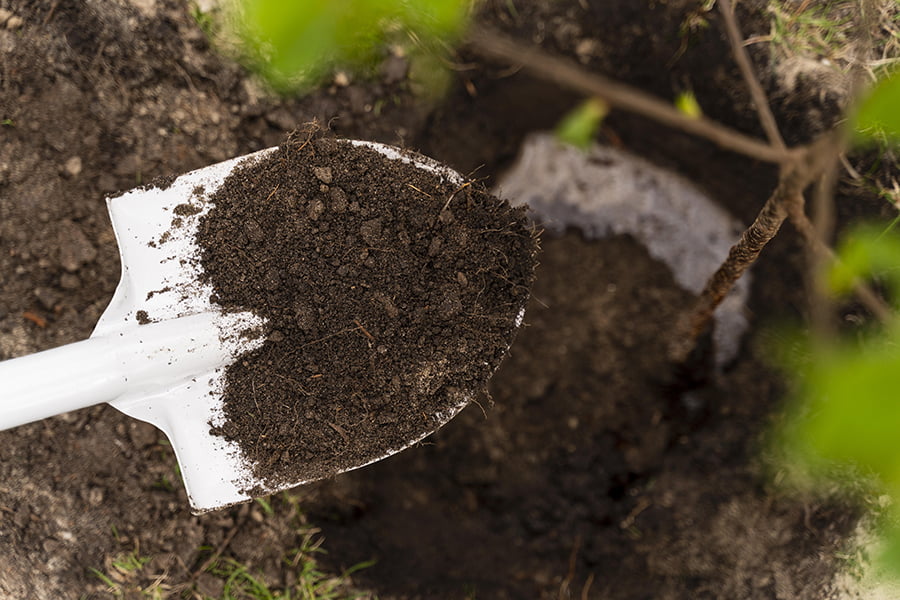
Over-fertilizing can lead to an unhealthy garden, so it is important to avoid this practice. To do this, it is best to use organic fertilizers that are low in nitrogen and phosphorus.
These types of fertilizers will provide the necessary nutrients for plants without overloading the soil with too much fertilizer. It is important to only apply fertilizer when needed and not on a regular basis as this can also lead to over-fertilization.
Be sure not to exceed recommended application rates as specified by the manufacturer or supplier of the fertilizer product being used. By following these steps, you can ensure that your xeriscape garden remains healthy and vibrant without risking over-fertilization of its soil.
Installing a Drip Irrigation System or Soaker Hoses
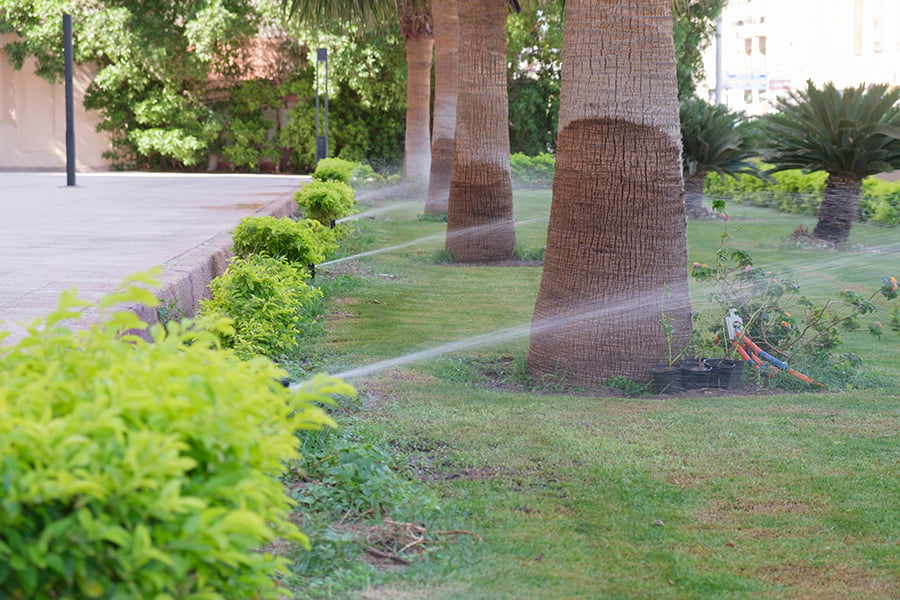
Drip irrigation systems are designed to deliver water directly to the root zone of plants, minimizing evaporation and runoff. This type of system can be installed with either above-ground or below-ground tubing that delivers water through emitters at regular intervals.
Soaker hoses are also an effective way to irrigate a xeriscape garden. These hoses have tiny pores along their length that allow water to slowly seep out into the soil, providing moisture without wasting any excess water.
Both types of systems can be set up on timers for convenience and efficiency, ensuring that your plants get just enough water without over-watering them.
Collecting Rainwater for Use in the Garden
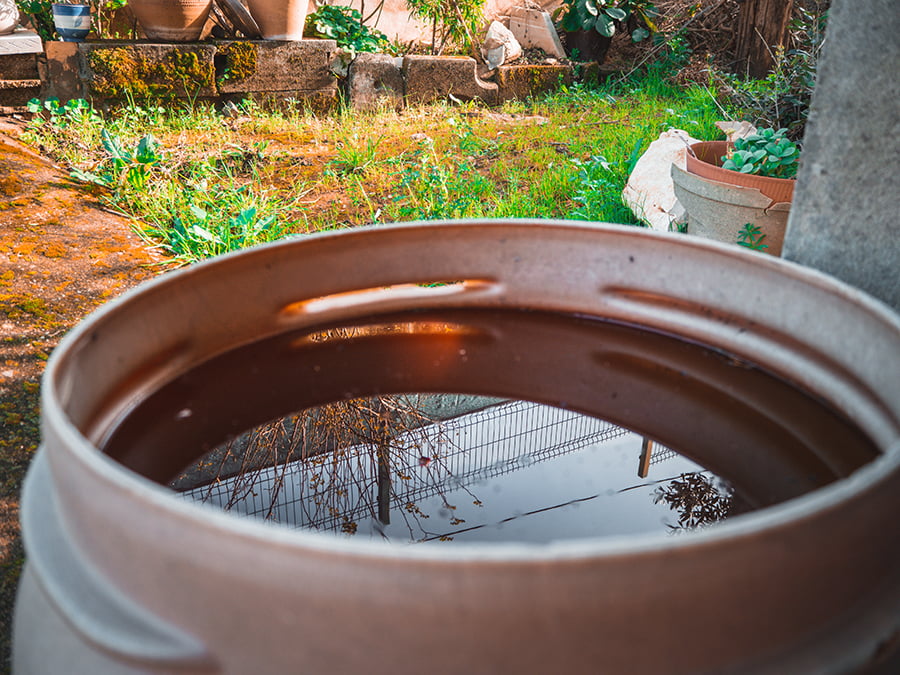
Rainwater can be collected from rooftops, driveways, patios, or other hard surfaces using a variety of methods. The most common method is to install gutters on the roof and connect them to a rain barrel or cistern.
This allows water to be stored until it is needed in the garden. Other methods include installing swales or berms around hard surfaces that direct runoff into collection areas such as depressions in the landscape or gravel-filled trenches with perforated pipes at their base.
All of these techniques help capture and store rainwater so it can be used later when watering plants in your xeriscape garden.
Planting Native Species of Plants That Are Adapted to Local Climate Conditions
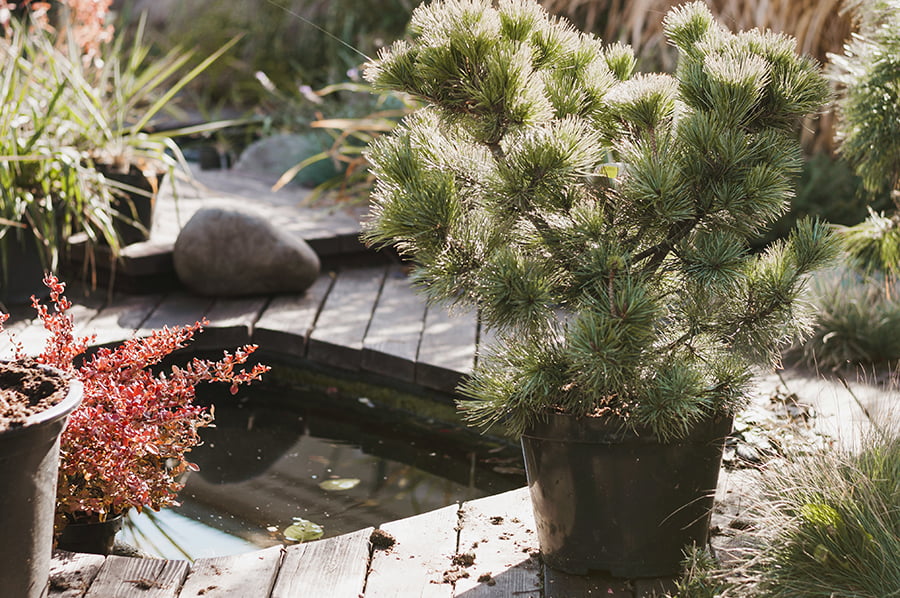
This means selecting plants that are naturally suited to the area’s temperature, rainfall, and soil type. Native species require less water than non-native varieties, making them ideal for xeriscape gardens.
They tend to be more resistant to pests and diseases common in the region. When choosing native plants for a xeriscape garden, it is important to research which ones will thrive in the specific environment and climate zone.
It is also helpful to select drought-tolerant varieties that can survive with minimal watering during dry spells or periods of low rainfall.

